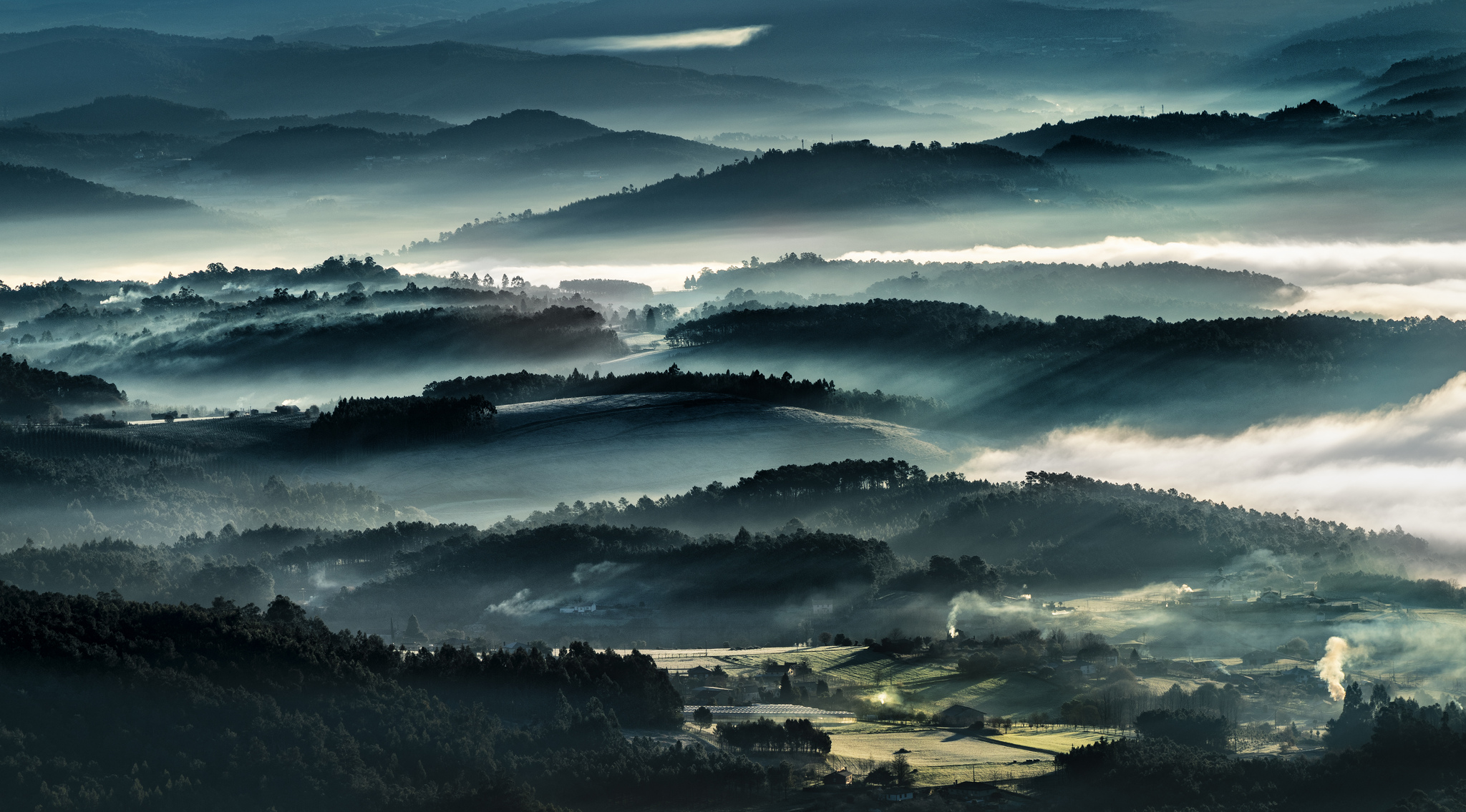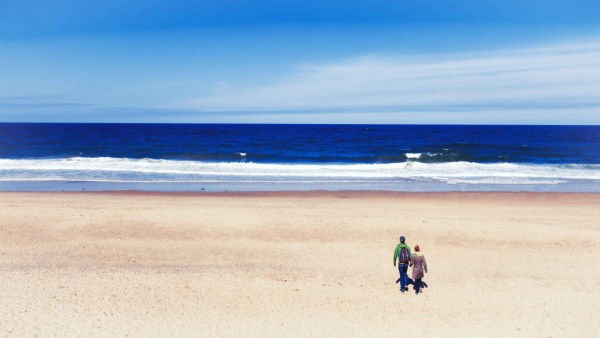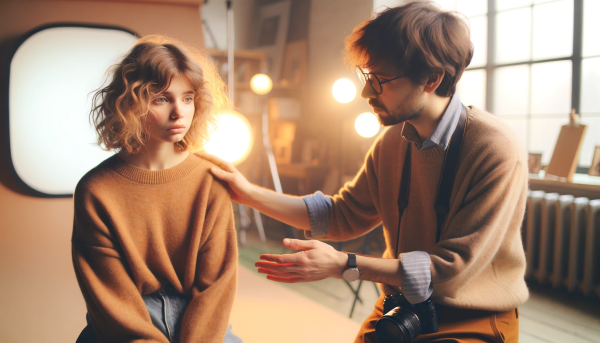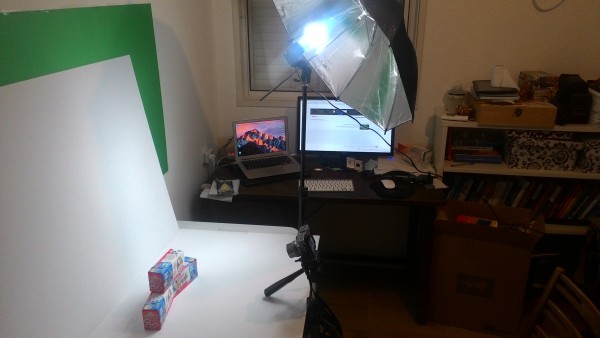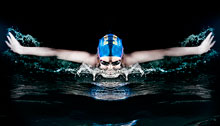Hi All,
It doesn’t really matters if you are a beginner, amateur or a professional, getting ideas for new photography projects isn’t that easy when you are stuck and have a creative block.
We put a list of photography ideas that will get you started, so just pick your’s, get your camera out of your bag, get out there and have fun.
- +++this list is continuously updated and growing so I’ll advice you to bookmark this page and visit it once in a while+++
- Hey – If you have your idea, please let as know, we’ll be happy to add your idea to the list
1. The Tunnel view –
Just get into a tight long place, this can be anything and anyway, a long corridor at home , a tunnel in the highway, a trail in the woods or the local subway. Here is an example photographed by Amanda from Knoxville, TN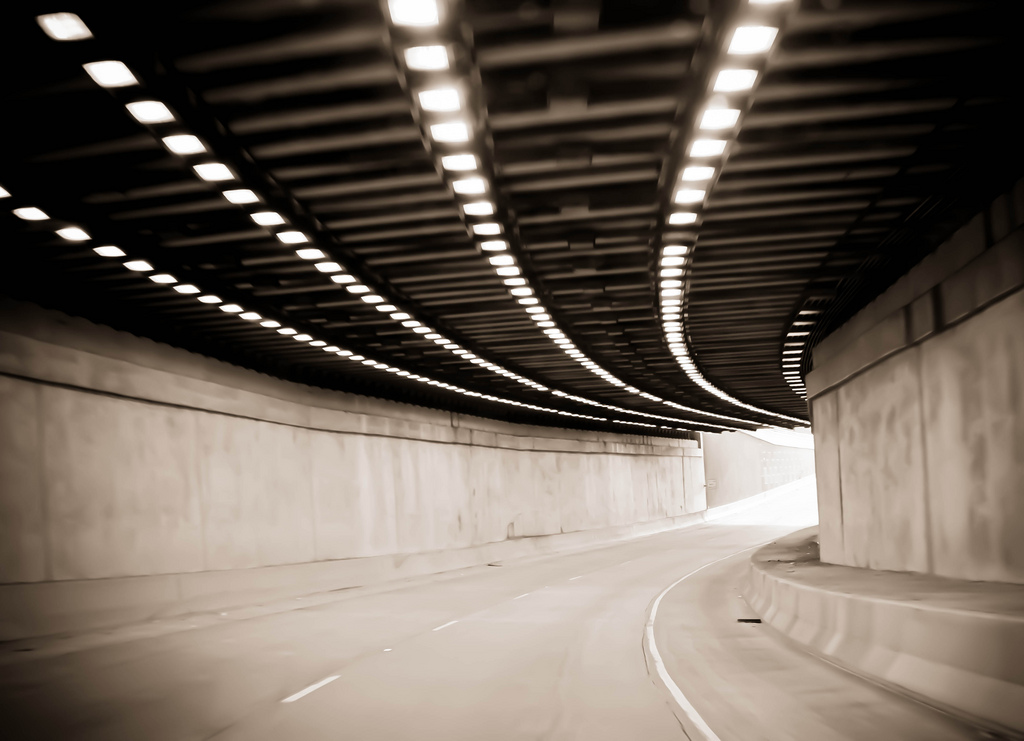
2. High key –
What is high-key photography? A photograph or painting so composed features a diminished tonal range of primarily whites and light greys. You can shoot your object in a white room try to light the background and over expose it, thats how you’ll blow out the background and get a feeling on the high kay effect. Next step could be against the sun on a day trip and so on. Take a look at Roxi’s image below, high-key effect can be both in color and in b&W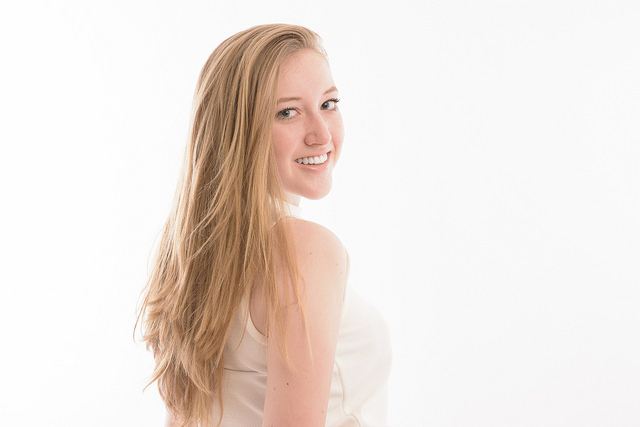
3. Low key-
The low key is just about the opposite from the high key above, instead of blowing up the whites, now its time to blow out the blacks, get a room 🙂 close all lights and leave on light open, point it to the direction of the object and see how it looks.
Tip1 – take a few photographs, while changing the direction of the light that points the min object.
Tip2 – Take your main object as far as possible from wall or any object that can be seen in the photograph, your main object is your focus. Take a look at Allesandro Nunnes’s image of Low key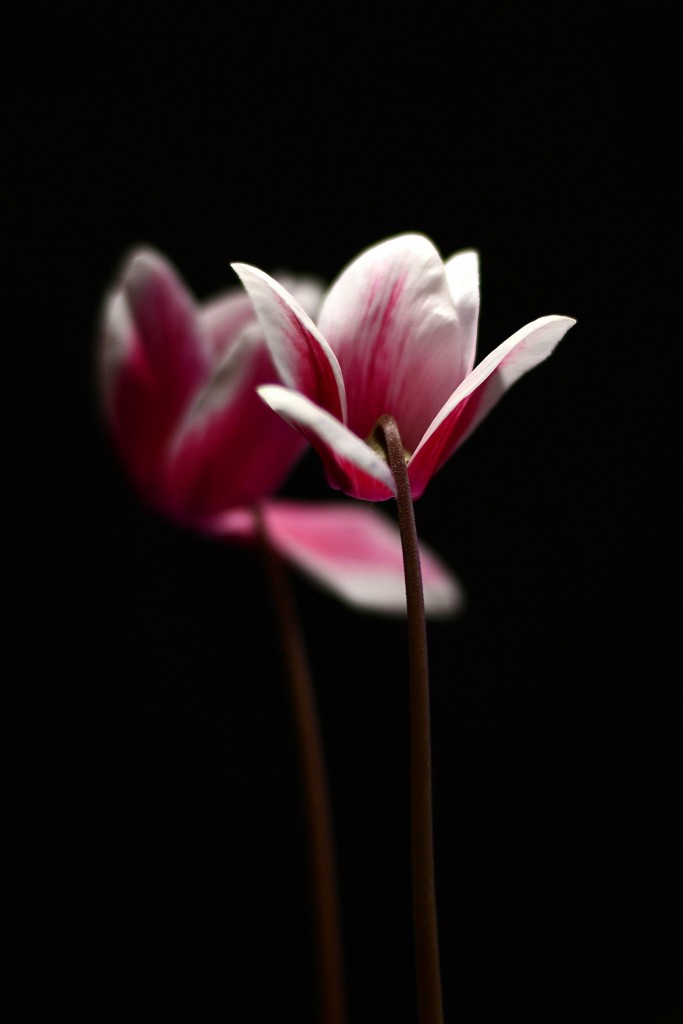
4. Panning –
Panning is one of my favorite “camera effect”,basically you pan your camera for a certain time, following a moving object. How to “pan”? set your camera shutter speed to a slow 1/15 or slower press the shutter and follow a moving object. Just get out and follow a car, bicycle, a runner , your dog and so on, you got the idea. Here is am image that I love that I took a few years ago in a traffic roundabout in Italy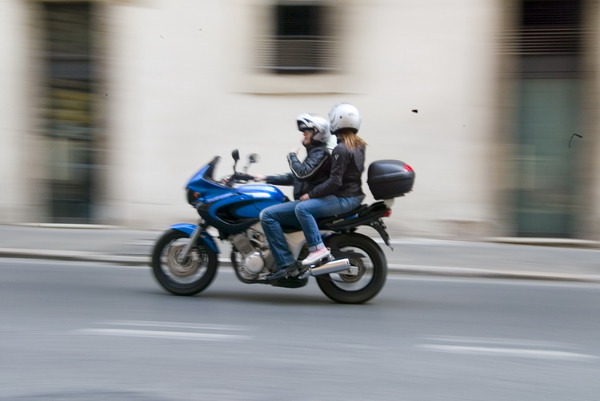
5. Light trailing-
This one is actually real fun and can be done anywhere. Take you camera and a tripod to the near highway mount on a tripod, point it to the main road, set a long exposure of 20sec-60 sec (or more if you really want) and let the cars lights light up the scene. Here is a nice example from ROY with his Canon 700d set to 20sec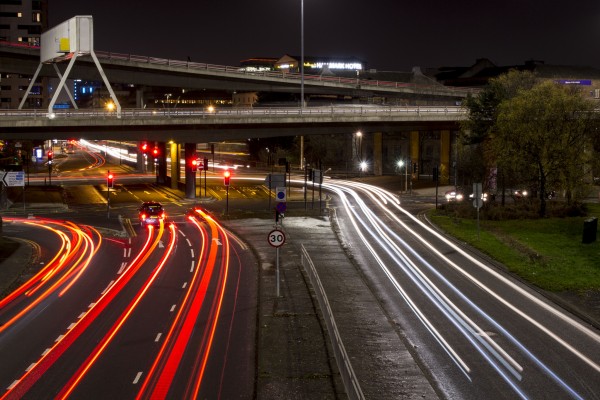
6. Bokeh-
Bokeh is the effect you get when the background is blurred, you’ll get a blurred background when using a wide aperture as your lens can provide combined with the distance the background object is (far means more blur). A common trick is to photograph a close object standing out from a background that is made of small lights, like in Bagoti16 image :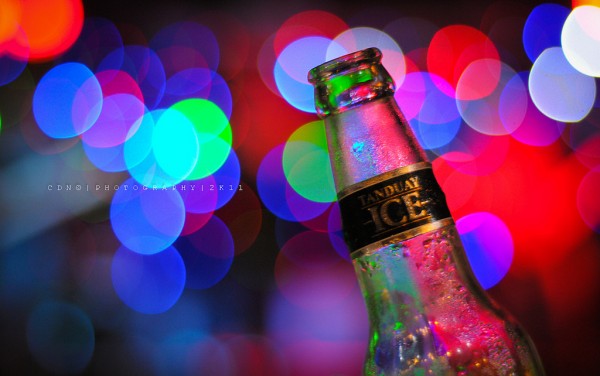
7. Rule of thirds-
(From Wikipedia) The rule of thirds guideline proposes that an image should be imagined as divided into nine equal parts by two equally spaced horizontal lines and two equally spaced vertical lines, and that important compositional elements should be placed along these lines or their intersections.Proponents of the technique claim that aligning a subject with these points creates more tension, energy and interest in the composition than simply centring the subject. Here is an example by Ajay Goel
8. Golden hour-
The golden hour is the moments just after the sunrise or just before the sunset, where the sky are red while the sun light is defused by the clouds, thats the time for you to be creative, here is an example by Sussane Nillsen
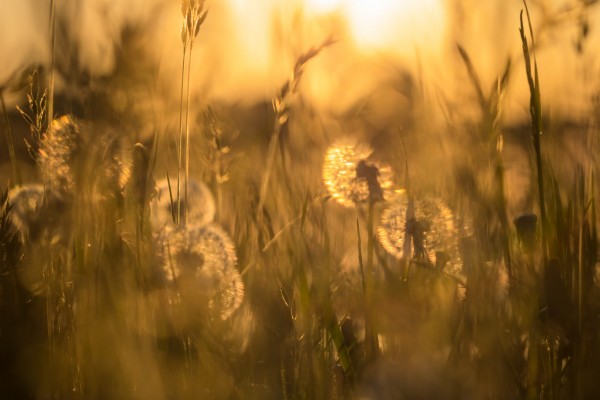
9. Longer exposure-
Try to play around with fast moving objects and slow shutter speed. How short the shutter speed should be? Depends on how fast the moving object is. Start with a leats 1/10s. Keep the camera steady or even use a tripod and a release cord or delayed shutter to make sure there are no shakes. Here are a few examples, one is my boy in a carousel and the second is from London’s subway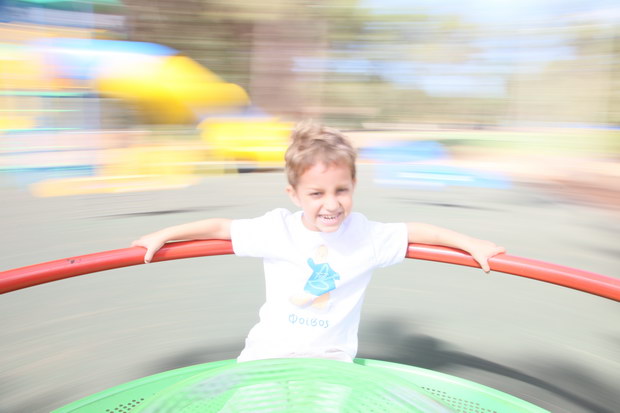
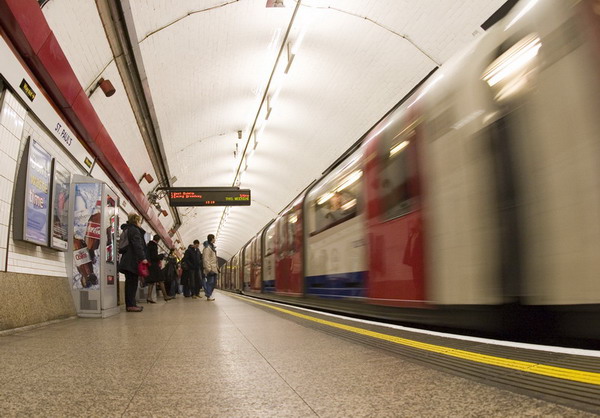
10. Really Long exposure-
Taking long exposures , 30 sec or more, can result in an amazing effect. On popular location is a lake or the sea. Go out and find a spot where you can put a still object in the frame, mount your camera on a tripod and take a 30sec or more. This will result in a creamy look. Here is an example taken by Nelson in Portugal with his Canon 600D set to 30sec exposure.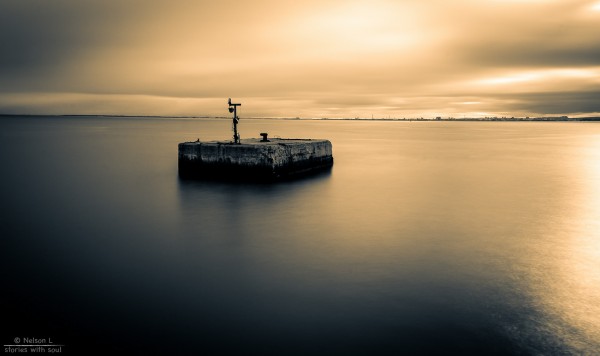
11. Toys-
There is a trend of photographing LEGO characters, maybe you don’t have LEGO at home, but you bring to life any toy that you have in mind, get creative with your handy toys, here are two examples the first is LEGO dwarf by mczonk and the other one is mine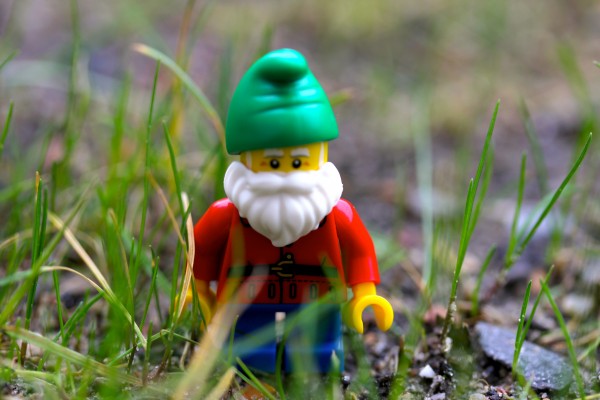
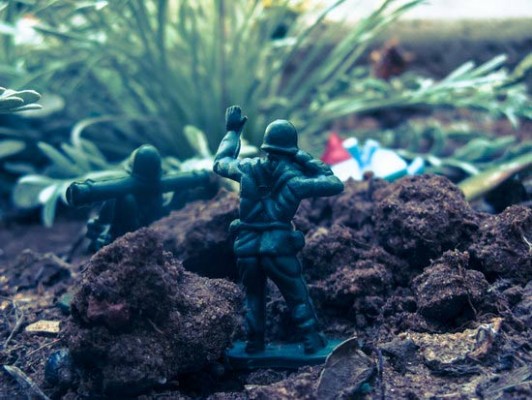
12. Children-
this is easy, just try to keep the happy moments alive, here is an example by whologwhy 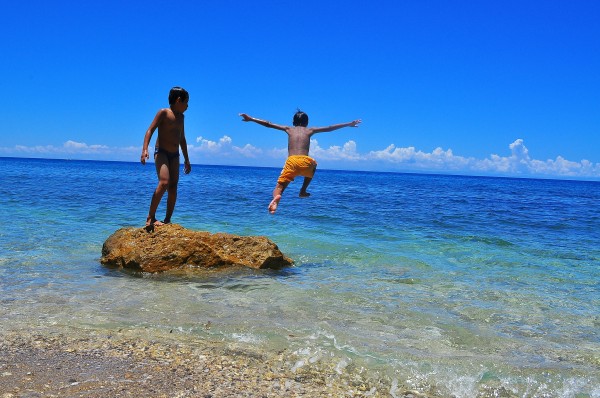
13. Crowd-
Going to a concert, a parade or a game? Take your camera with you and try to keep a creative memory with you. Here is a low key fantastic example by Roger Reuver on how to get the crowd posed in a creative way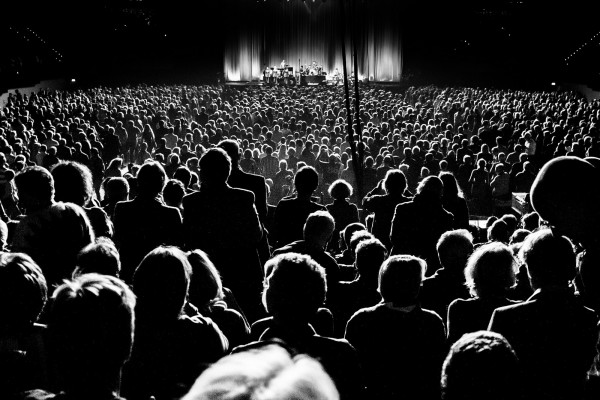
14. Fountains-
Fountains are fun, there is always something happening there. I’d suggest you go to your near fountain and start taking some pictures, start by wondering around and finding the best look/angel at the fountain, then start testing for lighting and speed effects. fast shutter speeds 1/500sec and faster will get the water drops freeze, while slow shutter speed of 1/60sec or slower will create the opposite effect. You should also try to frame in people, animals and still objects. Here are two examples the first one is from a trip to Barcelona the second is photographed by Per Hortlund (Nikon d7000 f/4, 1/500s in Stockholm)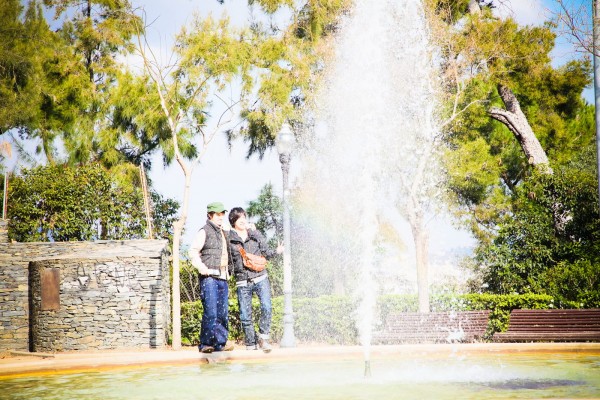
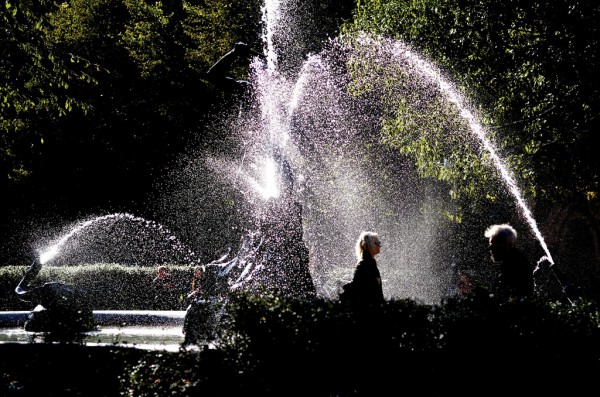
15. Fire-
Fire is fun, but you have to be careful. tips for fire photography – take a really slow shutter to catch all the fire trails or the fire sparks as in Dominic Cleal’s 8sec shutter speed image. You can also go closer and catch the details, like in the second image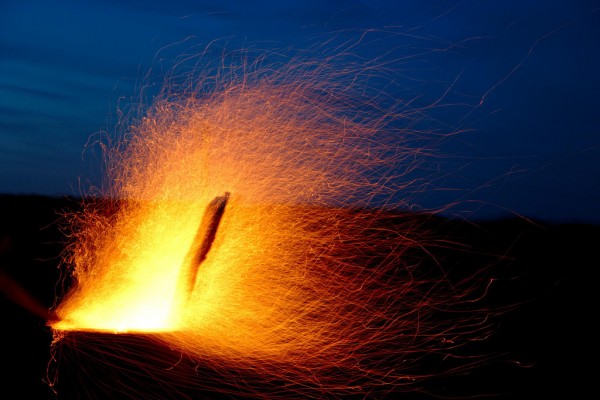
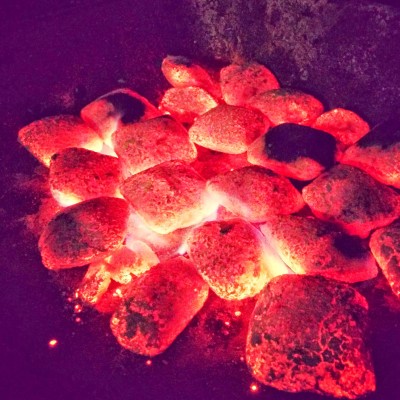
16. The Forest-
The forest endless photography opportunities whether its just the tree or the animals you can find there, or the atmosphere like morning mist or the sunset/rise between the trees and leafs. you just pick it!!! Here are a couple of examples, this one is by Holger Alts who captured the sun between the trees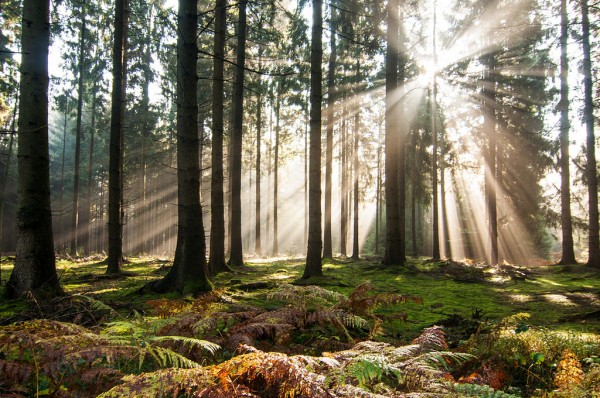 this one is takes by Thomas who went to the woods on a frozen day to bring in the blue cold
this one is takes by Thomas who went to the woods on a frozen day to bring in the blue cold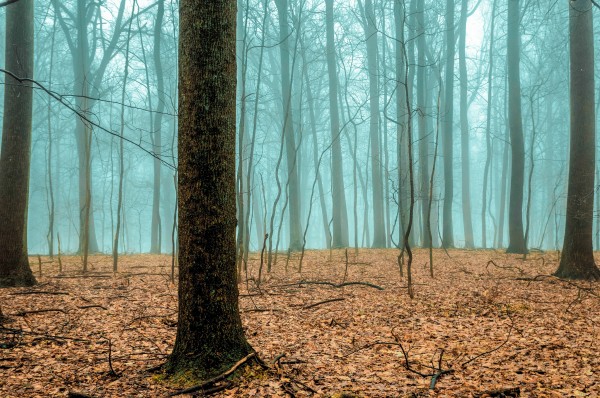
17. Dew photography-
Dew are the little drops of water that appear in the morning or in the evening due to condensation. It is an amazing opportunity to get those magic moments!!! Here is an example by Alex Rouvin, taken 15 years ago with his Canon G3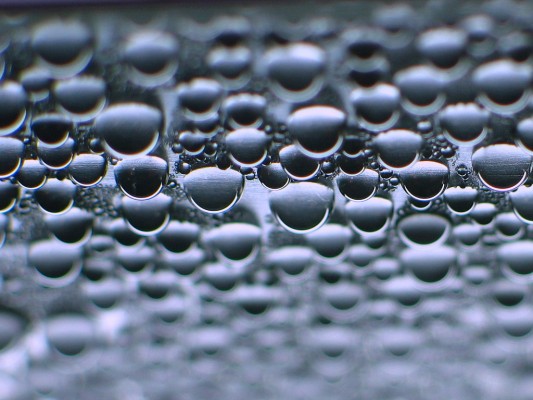
Another great example is trying to phorograph spider web in the morning when the dew paints the web, take a looks on this image taken by Followtheinstructions, perfection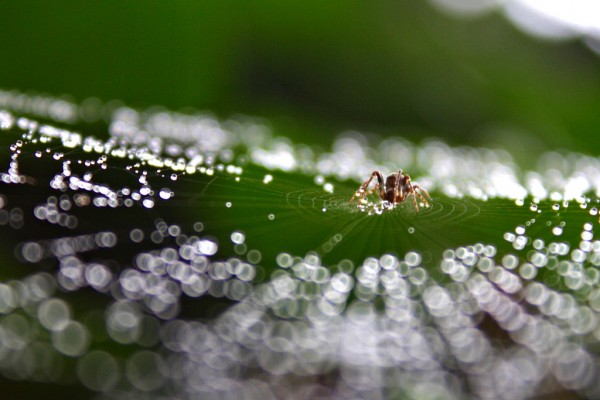
18. water drops-
This might be similar to the dew we talked about before, but generally its about photographing drops of water, here are a few examples that will inspire you, first one was photographed by Andrej in the morning 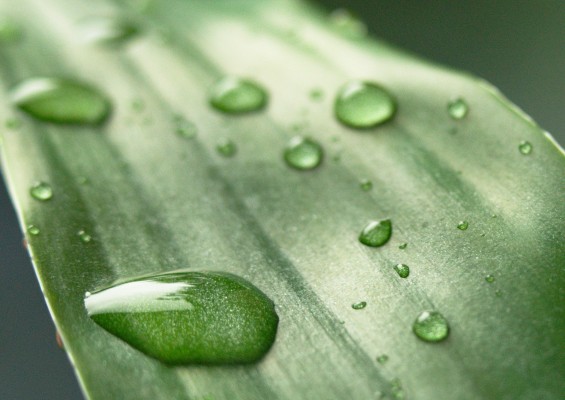 The second image has more of a studio look and taken by Etienne Tremblay
The second image has more of a studio look and taken by Etienne Tremblay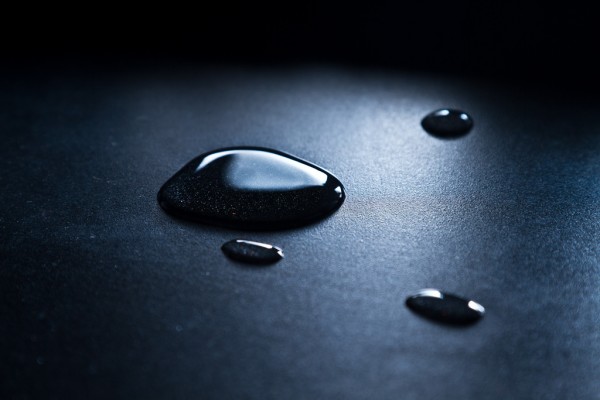
19. White balance effect (coller/warmer)-
20. Spalsh photography-
21. Kitchen closeups-
This has to be fun! Get in kitchen photograph your regular day to day appliances in a non regular way, this is closeup lighting time, take a look at this amazing photo by fujimama111 who simply took some plastic forks and brought them into life 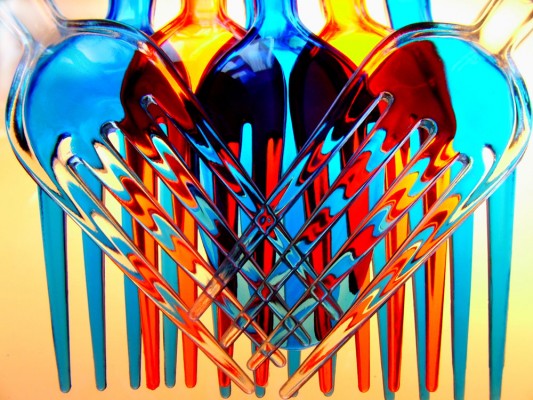 Another angle to take on coloured forks is what Damian Gadal did here (with his iPhone 4s!!!)
Another angle to take on coloured forks is what Damian Gadal did here (with his iPhone 4s!!!)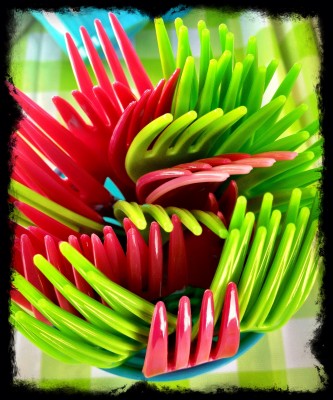
23. Time lapse-
time Laps is a video+image technique , basically you have to set you caemra ona tripod and make it take an image for every x seconds, it can be 1/2sec and can be 10sec depending on the length of the video.All those images are combined into a fast running video. Great ideas are to set the camera for a 1 hour during sunset or sun rise , during evening events and so on
24. Faceless images-
25. Pets-
26. Panoramic cropping-
Take a landscape image and drop it using a 5:1 or 4:1 ratio, you’ll see the effect right away taking a “boring” image and making it an inspirefeul panoramic, here is an example taken with my Huawei p20 pro (I love this)
27. Sunset-
29. Fog-
Fog is always exiting, what the fog is hiding is a mystery and the scene is always quiet. One option is to get into a high position, that you can catch a lot of action, like in Noel’s amazing fog picture here 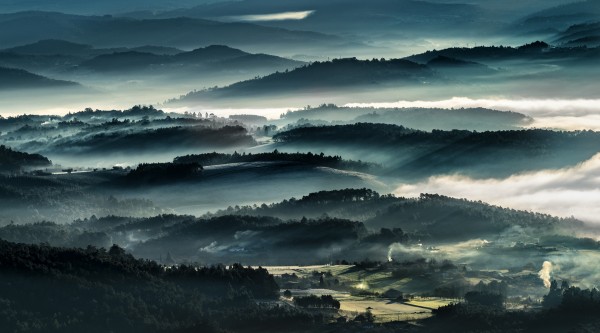 Noel nailed it with this image too, simply amazing fog photograph
Noel nailed it with this image too, simply amazing fog photograph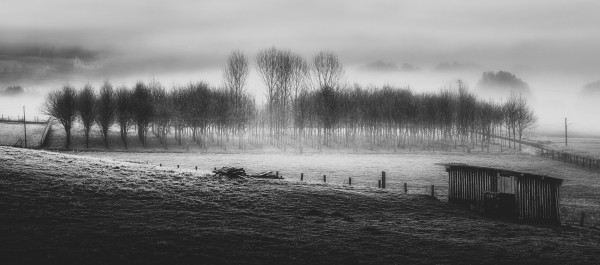
30. Rain-
Its a rainy day? Don’t stay at home, go and capture those moments. One idea is to capture reflections, find a puddle and get those reflections in the frame. Try to get in people, animals or objects. Here is a nice example by Justin 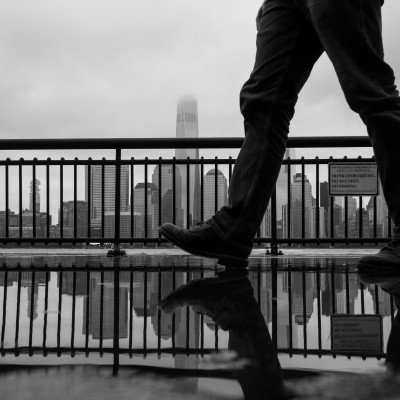
31. Dron-
32. Food-
33. B&W week-
34. Playing-
35.Strangers-
36. Perspective-
37. Drinks-
38. Go outside-
39. Letter-
40. Action sport-
41. Top view-
42. Silhouettes –
43. Double exposure-
44. Shadow art-
45. Texture-
46. Reflections-
47. Neon-
Hey – If you have your idea, please let as know, we’ll be happy to add your idea to the list

